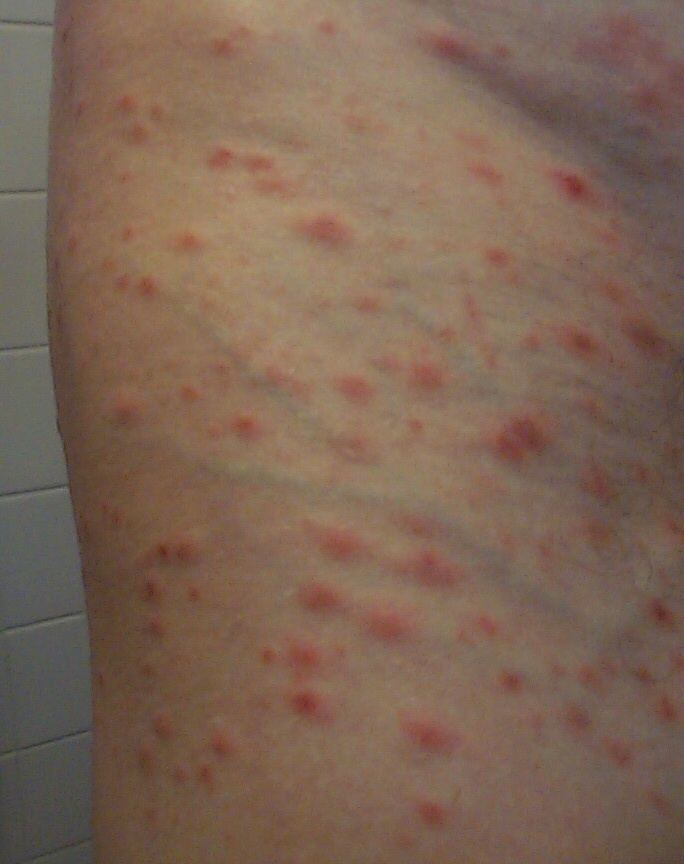Specialty dermatology ICD-9-CM 696.2 | ICD-10 L41.0 eMedicine derm/334 | |
 | ||
Pityriasis lichenoides et varioliformis acuta (also known as "acute guttate parapsoriasis", "acute parapsoriasis", "acute pityriasis lichenoides", "Mucha–Habermann disease", "parapsoriasis acuta", "parapsoriasis lichenoides et varioliformis acuta", and "parapsoriasis varioliformis") is a disease of the immune system. It is the more severe version of pityriasis lichenoides chronica. The disease is characterized by rashes and small lesions on the skin. The disease is more common in males and usually occurs in young adulthood, although it has been seen in every age group and every race. It is possible for the disease to go into remission for short periods of time or forever.
Contents
Diagnosis
It is commonly misdiagnosed as chickenpox or rosacea. Pleva is also often misidentified as a form of staph. The most accurate way to diagnose it is by biopsy. This disease has not been known to be life-threatening. However, there may be mutations of the disease that can cause ulcers on the exterior.
Causes
There is no known cause of this disease; There is some evidence associating it with Parvovirus B19.
Treatment
It is not contagious and currently there is no cure for the disease, although the lesions can be treated with ultraviolet therapy as well as topical steroids and antibiotics.
Treatment often involves multiple therapies that address the immune system and bacterial, viral, or dermatological causes.
Eponym
It is named for Rudolf Habermann (1884–1941), a German dermatologist, and Viktor Mucha, an Austrian dermatologist.
